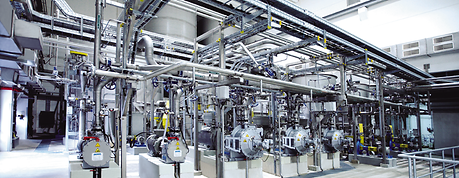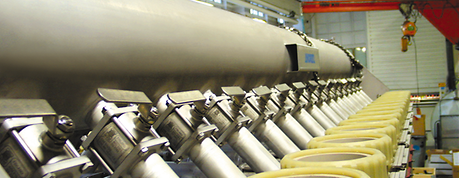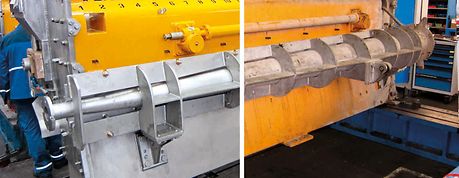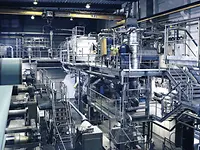Our existing equipment created a bottleneck in production, and we had an issue with maintaining the feed to the paper machine. We decided that the only way to solve these problems was to install a new, state-of-the-art line.”
Papeleira Coreboard chose ANDRITZ for the project to replace the mill’s two outdated pulping systems with a new, continuous LC pulping system to solve the efficiency problems, to improve reject handling as well as to save on operating costs. The order contained a complete package, comprising the entire LC pulping system, engineering work, order execution as well as supervision of installation and start-up.
Delgado states, “We are great believers in the fact that we have to work with the right partners if we want to be the best player. We were very confident right from the start that ANDRITZ was the right partner to deliver the complete package for this project.”
The new LC pulping system is an integrated part of an OCC line processing recovered, corrugated containers from the local area (LOCC), with a reject content of up to 10% and designed to produce the mill’s different grades of board.
Thomas Ferk, Product Manager for pulping systems in the ANDRITZ Paper, Fiber and Recycling Division, explains: “The new LC pulping system ordered by Papeleira Coreboard features several design upgrades, including a FibreSolve FSR pulper with new rotor design for efficient slushing and operation at low energy consumption that also reduces the number of pulper rag breaks. Part of the supply is the new pulper hood design that enables fast removal of pulper rags, reduces downtime, and provides a safe ‘steam- and dust-free’ working environment.”
Other advanced features added to the new system include the latest ANDRITZ TrashTrap, which ensures reliable separation and removal of heavy and light rejects. Thus, the new TrashTrap makes operation of the subsequent detrashing system and the entire LC pulping process more stable and contributes significantly towards ensuring higher availability. A state-of-the-art ragger was also installed, allowing superior forming, handling and removal of pulper rags, particularly when combined with the new pulper rotor design and ragger speed control.















